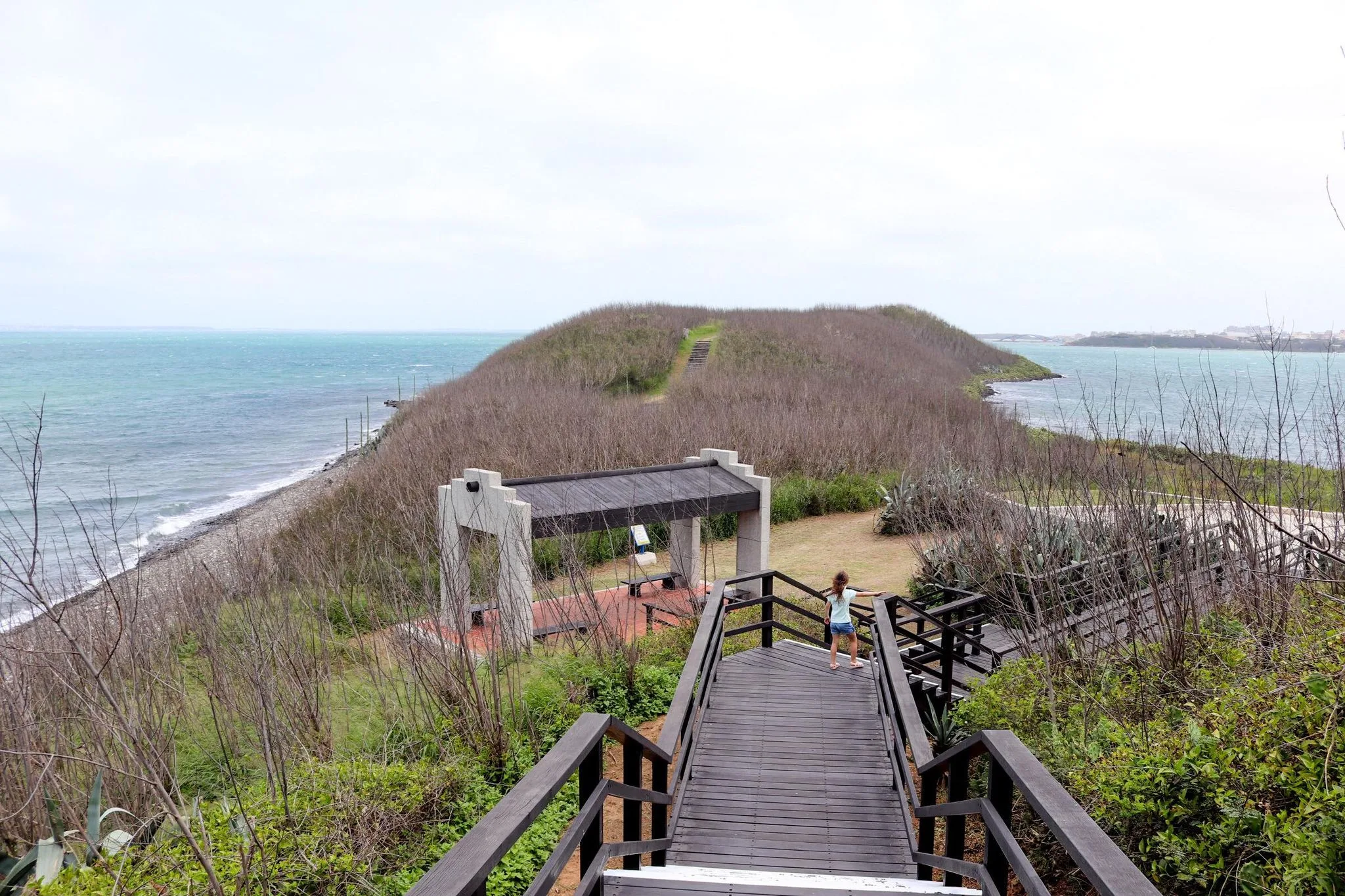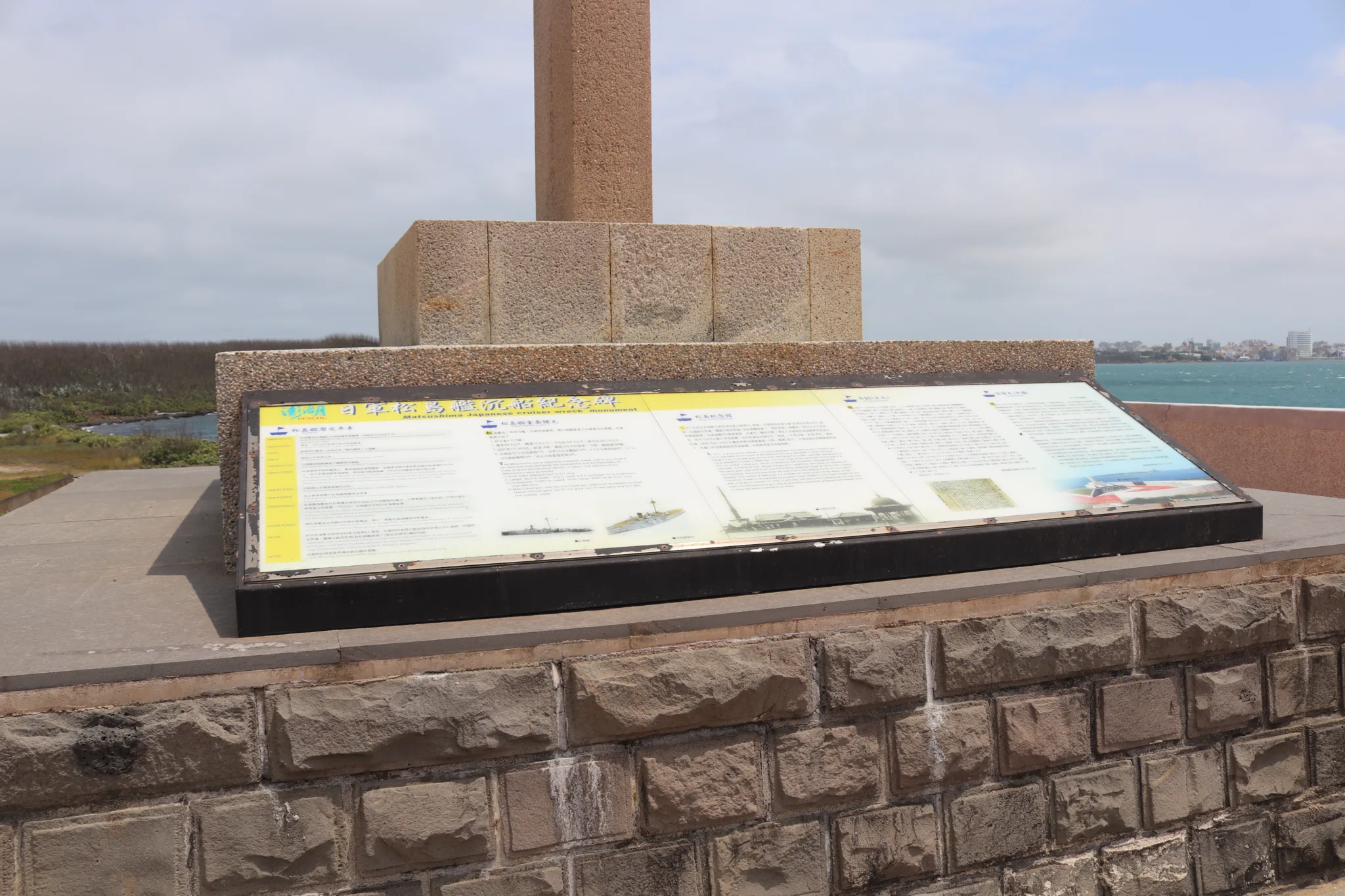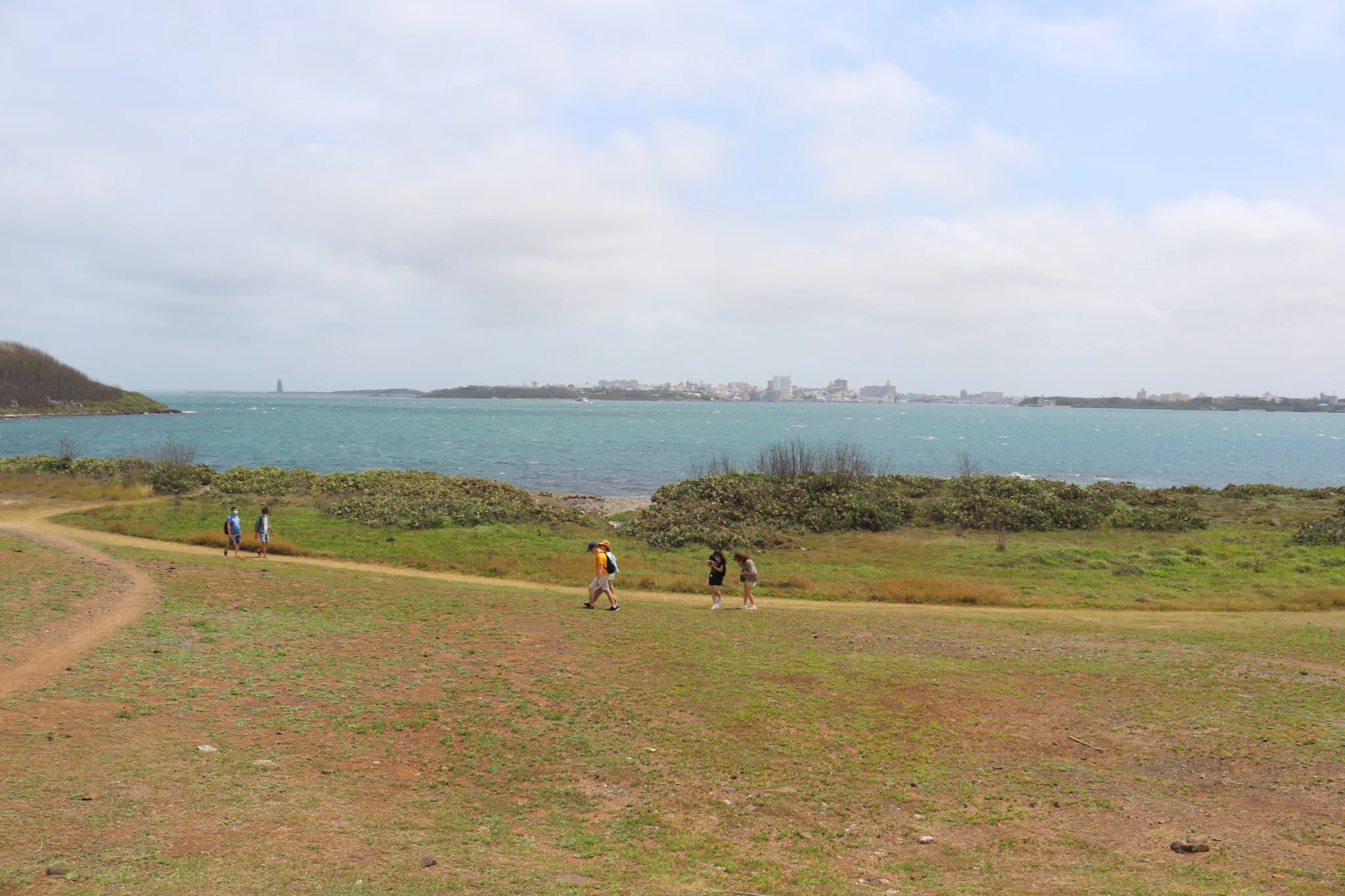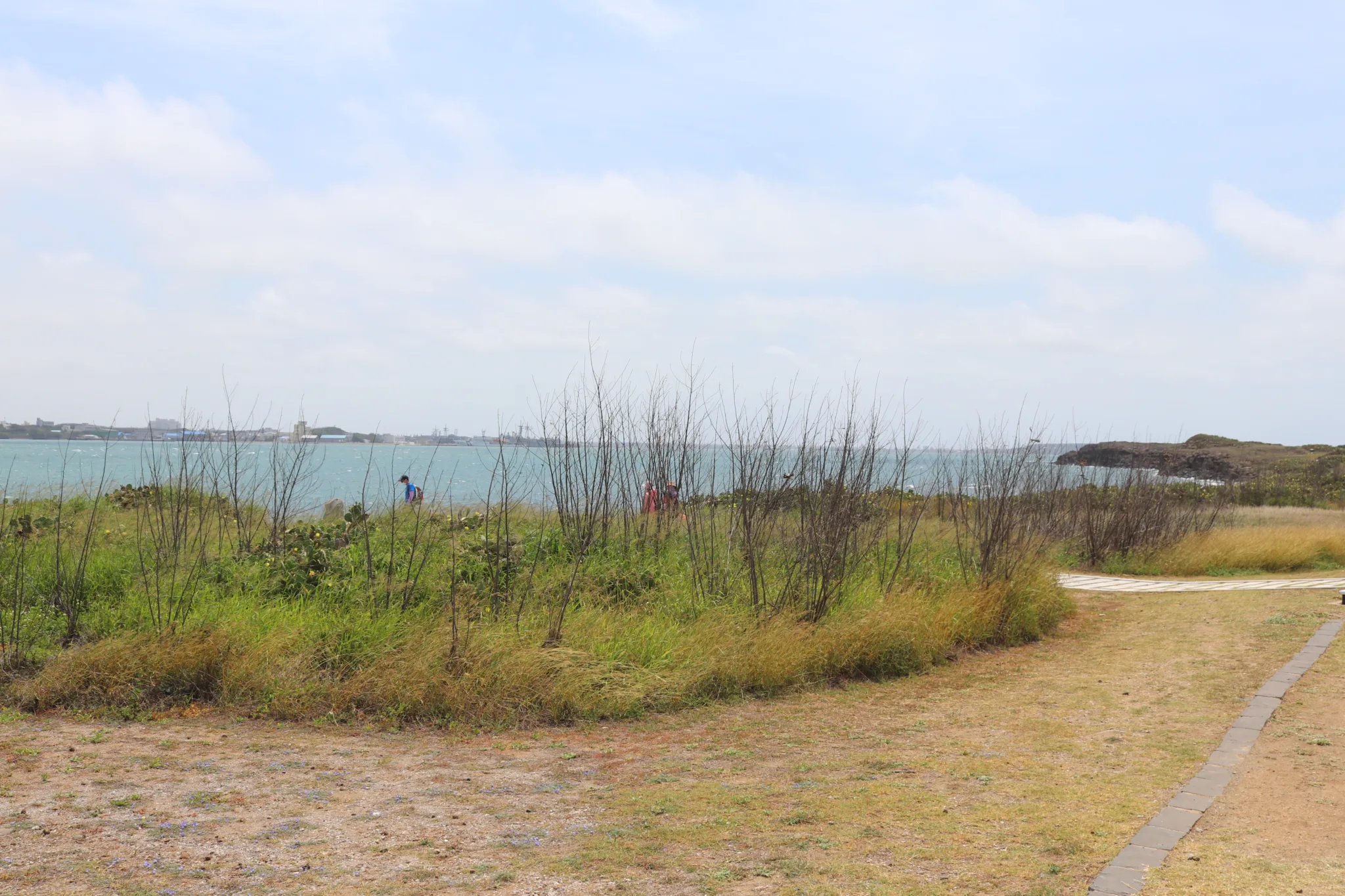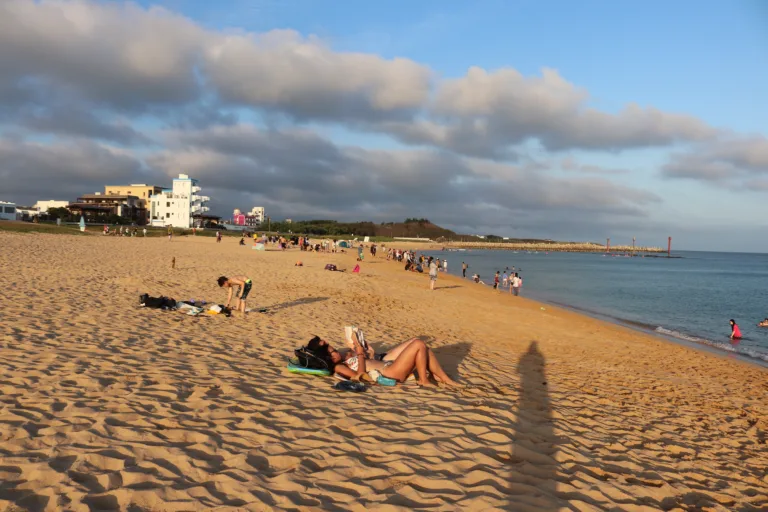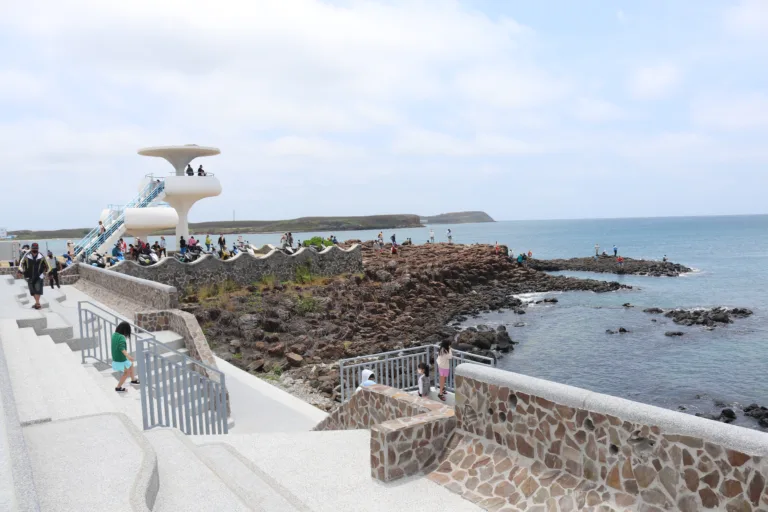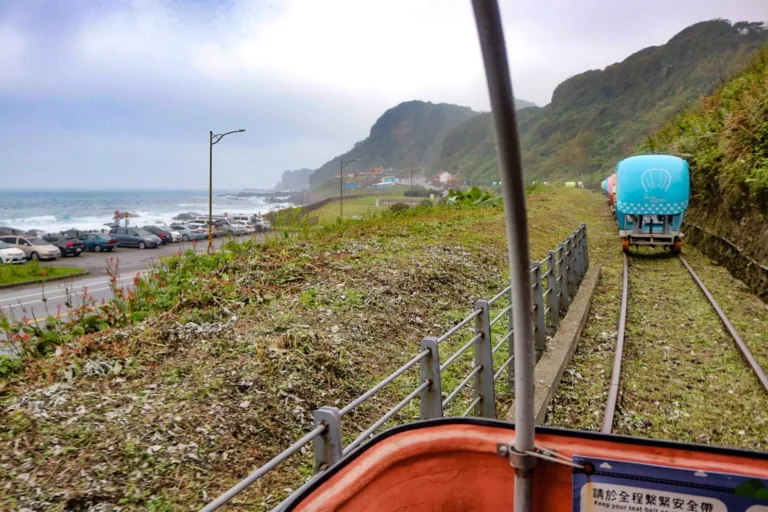Serpent Head Mountain is the highest point in Penghu and is one of Taiwan’s top 100 lesser peaks. It is also home to the first western fort built in Taiwan; this was the first spot where the Dutch established a trading post in Taiwan before colonizing the island. It also has a memorial to French soldiers and the wreck of a Japanese warship. It is a beautiful and historically important location in Penghu that is definitely worth a visit.
Historical Background:
Shetou Mountain is a peak located in Fenggui Village, Magong City, Penghu County, Taiwan, with an elevation of 20 meters. It is one of Taiwan’s “Small 100 Peaks” but is the shortest in this list in terms of altitude. The mountain is situated at Fengguiwei Peninsula. The hill is part of the Shetou Mountain Recreation Area.
The Dutch Fort at Fengguiwei (馬公風櫃尾荷蘭城堡), also known as Penghu Fortress (澎湖堡壘) or Tianqi Red-Haired Castle (天啟紅毛城), was built by the Dutch East India Company in December 1622. The Dutch referred to it as Het Fort, Péou (Piscadore). The fortress was part of the Dutch East India Company’s broader strategy in the 17th century to establish a trade network and gain access to lucrative routes in East Asia. Initially, the Dutch sought to set up a base in Macau but turned to Penghu after encountering resistance.
Constructed with local materials like soil, grass, and rocks, it was intended to protect Dutch interests against the Portuguese and Spanish forces active in the region. However, after a series of conflicts with the Ming Dynasty, the fortress was demolished by the Dutch as part of an agreement with the Chinese in September 1624. Today, the site remains a historic landmark, offering visitors a glimpse into Taiwan’s colonial past. Although the fort was functional and strategically located, it faced challenges such as food shortages and damage from typhoons. The remnants of Fengguiwei Fort are now recognized as a national heritage site.
Hours:
24/7
Price:
Free
Activities:
Besides soaking in sun rays at the beach, there are many activities available in Penghu such as snorkeling, diving, wind surfing, sailing, canoeing, wakeboarding, massage, yachting, glamping, trampoline Water Sports, SUP / Paddle Boarding, kayaking, night fishing and more on Klook here or KKday here.
Tours:
There are many tours and activities available on the islands such as Island Hopping Tour, starlight Marine Ranch, seafood Barbeque, Sheraton Four Points Eatery, Dragon Palace Intertidal Zone, Jibei Sand Tail, and many more options on Klook here or KKday here.
For more information, look at other tour/ferry sites or book a personalized tour with Klook here or KKday here.
Where to Stay:
We have stayed at and recommend Han’s Hostel which had great service and is right next to Shanshui Beach, the best beach in Penghu (you can book on Agoda here, Booking.com here, or Trip.com here) a newly renovated homestay in downtown Magong with great service and great prices (you can book on Agoda here or Booking.com here).
Looking for a hotel? We recommend booking through Agoda here, which provides the best quality selection of accommodation on the islands.
You can also find out more about where to stay in our Taiwan hotels guide here.
When to go to Penghu:
The best time to go is Autumn. Spring is also a nice time to go, but there is a greater chance of spring showers during that time. The summers may be too hot, and winters too cold and windy.
How to get to Penghu:
By Plane:
There are daily flights from Taipei Songshan, Taichung, and Kaohsiung airports to Makung. the flight takes roughly under an hour. Rates can range from around 2200-6000 NT for a round trip. There are also flights to and from Chiayi, Tainan, Kinmen, and Chimei, with charted flights to Hong Kong starting in September 2018.
There are flights to and from Taipei Songshan Airport three times a day via Uni Air. You can book flights on KKday here, Trip.com here, CheapO Air here, or Kiwi here.
By Boat: There are daily ferries from Chiayi and Kaohsiung. A one-way trip takes about 4 hours from both locations. A one-way ferry from Kaohsiung costs about 900 NT for just a reclining seat, and a one-way ferry from Chiayi costs about 1000 NT.
By Ferry: You can book ferry boat tickets from Chiayi on Klook here, or ferry boat tickets from Tainan on KKday here.
How to Get to Serpent Head Mountain:
By Scooter: From Makung, take Highway 201 southwest until it ends. You will find the hill at the end of the road past Fenggui Fishing Harbor. There is a free parking lot there. We recommend taking a scooter as the most efficient and convenient type of transport on the islands. However, most places require a local scooter license. You can rent a scooter for Penghu on Klook here or on KKday here. You can also check out our scooter rental guide here.
By Car / taxi: From Makung, take Highway 201 southwest until it ends. You will find the hill at the end of the road past Fenggui Fishing Harbor. There is a free parking lot there. A car is also sensible in Penghu because the main island is pretty spread out. You can rent a car for Penghu on Klook here or on KKday here. You can also check out our car rental guide here.
By Bus: You can get to Serpent Heand Mountain via bus 51 on the Fenggui Line. The bus stop is called Fenggui. The Serpent Head Mountain is about a 20 minute walk north from the bus stop.
By Bicycle: Cycling is the best way to enjoy Taiwan’s landscapes if you have the time and energy. Looking for bicycle rentals in Taiwan? You can search on KKday here and search for tours on Klook here. You can also check out our Taiwan cycling guide here.
Map:
Please see the map below:

